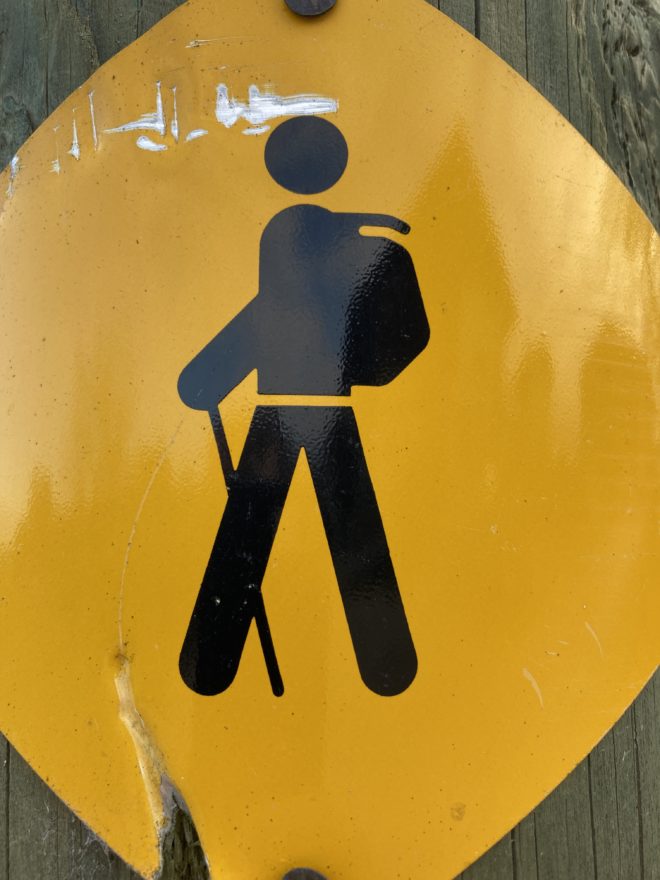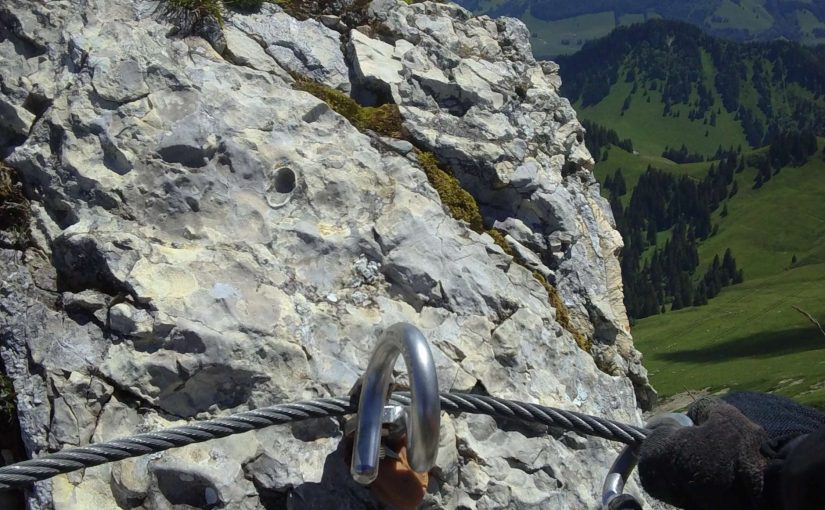Category: Real Time Web
-

Initial Thoughts on Setting Up a Pi Hole
Reading Time: < 1 minuteToday I installed Pi Hole on a Raspberry Pi 3 and configured it so that the router routes traffic through the Pi Hole before returning to the devices on my network. Installing Pi Hole on a Raspberry Pi 3 is relatively straight forward. Find the two or three lines of code,…
-

On The Desire To Change Career
Reading Time: 3 minutesIf I had been smart I would have changed career path around 2006-2007 when I was in London surrounded by entrepreneurs and web developers, rather than now during a pandemic. Normally I struggle to find new contracts because of two things. The first is that for camera and editing work there are…
-
Does the World Wide Web Dumb us Down too Much to Read
Reading Time: 4 minutesDoes the World Wide Web dumb is down to much to read is an article exploring the idea that we have too many distractions and that as a result we are unable to focus. Yesterday I wrote about blogging rather than writing twitter threads and this article goes some way to exploring…
-

The Right side of the transmission chain – acquisition
Reading Time: 2 minutesThe right side of the Transmission Chain is at the event itself. Transmission chain is a term used to describe the route that a signal takes from an event venue to the device on which you are watching an event. As a camera operator the right side of the transmission chain for…
-

The Moléson VF with the Narrative Clip 2
Reading Time: 2 minutesThe Narrative Clip 2 is a specialist camera that can be programmed to take photos at regular intervals whilst you enjoy activities. This is sometimes referred to as life logging. The idea is that you wear the camera either on clothing or place it somewhere where it can capture the passage of…
-
Pride and media consumption
Reading Time: 3 minutesI enjoyed reading the Unbearable Lightness of Being so much that I read every book by Milan Kundera. I also read every book by Albert Camus because I enjoyed reading La Peste so much. Laura M. Holson wrote an article about “Unplugging without FOMO” which I skimmed after someone on twitter commented on…
-
Threaded conversations and community
Reading Time: 2 minutesFrom the 1970s to 2007 we had threaded conversations through bulletin boards, forums, groups and other centralising discussion points. For a brief window of about two years conversations became so captivating that people wanted to meet in person as strong friendships were established. By 2009-2010 the threaded and personal conversations between web…
-
Glympse and real time location sharing
Reading Time: < 1 minuteGlympse is a real time location software that allows you to share your location with twitter, facebook, by e-mail or via a number of other social networks. It is simple and intuitive to use. Connect your facebook, twitter and other services with the application. When you are heading to work or…
-
Google Latitude and Automatic stalking for only your closest friends
Reading Time: 2 minutesGoogle latitude is the perfect tool for anyone that works and has a life where logging into locations would be an unsightly thing to do. By that I mean that you can’t arrive at work and log into the location. It gives colleagues the impression you are not serious about your work.…
-
Foursquare and evolving electronic social meetings
Reading Time: 4 minutesWe’ve all got smartphones. Some of us are using Nokia, Â others are using blackberries and yet more are using Android and Iphones. As a result when we interact with people we are not interacting with them from a desk somewhere in a building. We’re interacting with them from the middle of the…